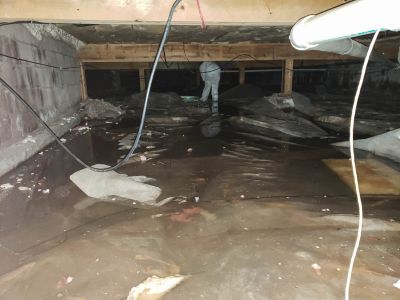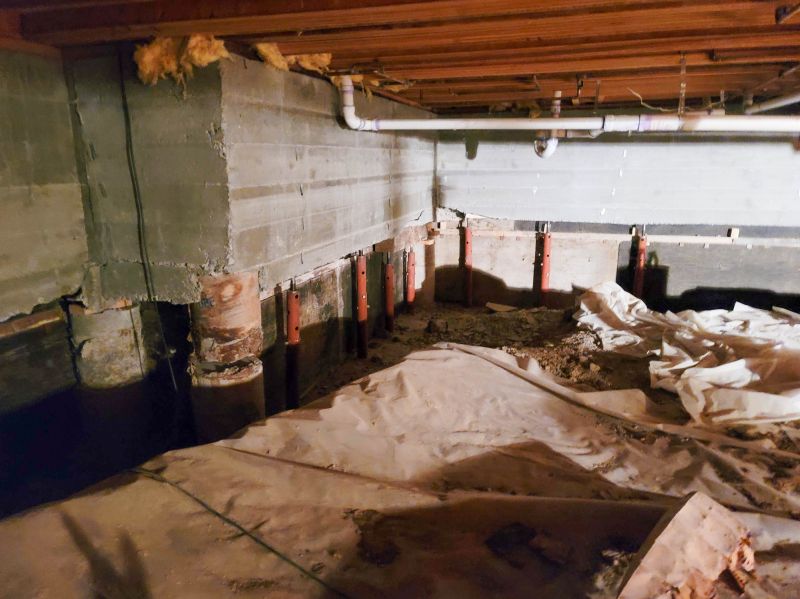Transform Your Crawlspace for Better Indoor Air Quality
Crawlspace encapsulation involves sealing and insulating the foundation space beneath a building to prevent moisture intrusion, improve air quality, and enhance structural integrity. Proper encapsulation can significantly reduce energy costs and prevent issues caused by excess humidity and pests.
Encapsulation effectively prevents moisture buildup, which can lead to mold growth and wood rot. Controlling humidity levels helps maintain a healthier indoor environment.
Sealing the crawlspace reduces heat loss and drafts, leading to lower heating and cooling expenses.
A sealed crawlspace deters pests such as rodents and insects from entering and nesting, reducing potential health risks.
Encapsulation protects the foundation and supports long-term stability by preventing water damage and wood decay.




Failure to encapsulate a crawlspace can lead to numerous issues, including increased energy bills, mold growth, pest infestations, and structural deterioration. Unprotected crawlspaces often harbor moisture and pests, which can compromise the integrity of the home and affect indoor air quality. Studies show that properly encapsulated crawlspaces can reduce energy costs by up to 15% and eliminate common moisture-related problems.
| Benefit | Impact |
|---|---|
| Moisture Prevention | Reduces mold growth and wood rot, protecting structural components. |
| Energy Savings | Decreases heating and cooling costs through better insulation and sealing. |
| Health Improvement | Enhances indoor air quality by preventing mold and pest-related allergens. |
| Pest Control | Deters rodents and insects from nesting in the crawlspace. |
| Foundation Protection | Prevents water damage and supports long-term stability. |
| Property Value | Increases home value by maintaining structural integrity. |
| Maintenance Costs | Lowers expenses related to repairs caused by moisture or pests. |
| Environmental Control | Maintains consistent humidity levels, reducing potential damage. |




